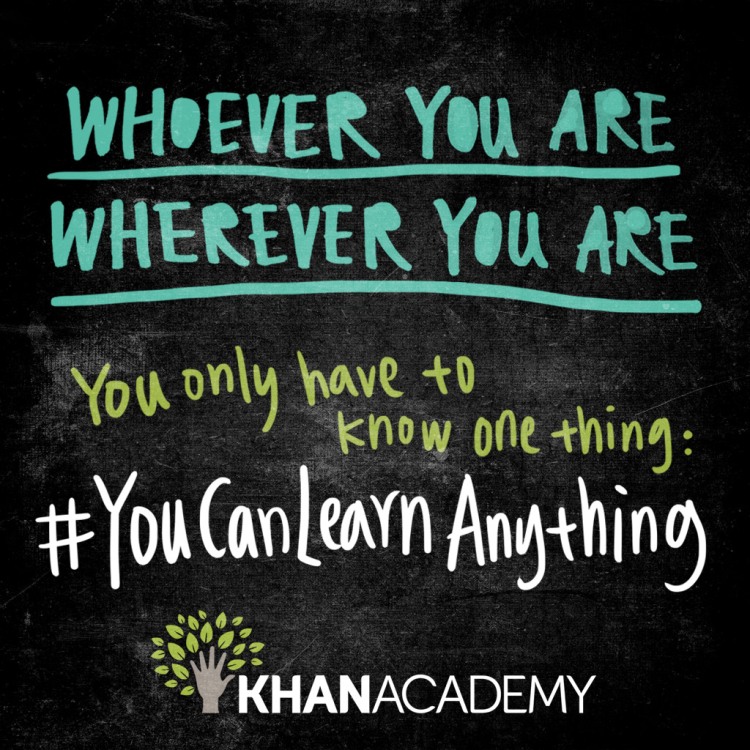[it follows from last week: click here to read the first part: “Keep calm and… present is not that bad”]
History happens now … and the future is yet to come.
We said that: media responds to the “logic of fear” to sell and news are in front of our eyes every day at an incessant pace. Our amygdala, the part of the brain that manages fear in the name of survival, detects danger everywhere it’s not able to distinguish between real and potential ones (which, however, are presented to us as real).
- Obvious result: we are afraid. And we end up feeling under siege
- Consequently we are invaded by pessimism about the future
- We close ourselves off from the others (especially “the different” from us)
- To keep calm, we are brought to the acceptance of anything
But if only we could look beyond this daily sense of induced panic, according to the journalist and writer Steven Kotler, we will glimpse four forces of change that are “acting together and will make possible what was previously unthinkable: Abundance for all…

…try to imagine what awaits us in the future“:
1. The most extraordinary strength we have is the technological progress that today, as never before, is experiencing a very strong acceleration: “information technologies record exponential growth curves, so much that, at the same price, they double in power every 12-24 months. This explains why an 8 million dollars super computer, just twenty years ago, is now comfortably in your pocket at the modest price of $ 200 or less. Biotechnologies have also made such progress that a leading laboratory, complete with automated systems – which would have cost millions just ten years ago – can now be set up with less than 10,000 dollars”.
2. Then there is DIY innovation. According to Kotler, this revolution has been underway for 50 years and only recently it has begun to really take off: “In today’s world, researchers who work at “home labs” have moved from “hot rods” to fields once quite ‘esoteric’, such as neuroscience, biology, genetics and robotics. And today these small teams of passionate scientists can succeed where, in the past, only big industries and governments could”. One of these scientists is the American Dean Kamen, who has already become one of the greatest inventors of History with his 440 registered patents and a National Medal for Technology. Recently, Kamen is working on his Slingshot: “it is a purifier able to turn anything wet (contaminated, marine, even sewer water) into drinking water of excellent quality, at the rate of 1.000 liters per day per appliance, at a cost just 0.2 cents per liter and using less energy than the necessary one to run a hair dryer”. Or there is the Dutch Boyan Slat, who was 17 years old when he introduced his invention for the first time: a “giant” machine able to clean the oceans from plastic. The world had listened to him by giving to the project more than $ 2 millions in crowdfunding. Today he is 20 years old and has founded a company to do all this: just two years ago his The Ocean Cleanup started its cleaning work. Well, at first glance, it would seem that only two people are able to solve two huge problems in a “complex but simple” way…?

3. The technophilanthropy. The third decisive force according to Kotler is money – so much money – that people spend on specific goals, for example crowdfunding: “The hi-tech revolution has created a new generation of technophylanthropes who are using their assets to solve global challenges and promote collective well-being. (While damagin somewhere else… but perfection doesn’t exist!). For example, Bill Gates has chosen to engage in the fight against malaria; Naveen Jain, an American with Indian origin, founder of InfoSpace (an internet provider), is fighting a crusade against poverty in India; Pierre Omidyar, founder of e-Bay, Iranian-American and French by birth, together with his wife Pam, is working to spread electricity in countries that do not yet have adequate coverage”. Until the recent donation for philanthropic purposes worth $ 45 millions (apparently equivalent to the GDP of Slovenia) of Facebook guru Mark Zuckerberg (even if it was to “clean up” his business, as someone emphasized, they are still putting a huge sum to provision for others – will it be better taxes or people?) And the list could go on for a long time, Kotler says. But what is the difference between a philanthropist and a technofilantrope? “The approach is much more active: the old philosophy was pulling a check and I’m fine, while today money is only the first step”. The technophilanthropy also bring human capital: “Networks of knowledge, contacts and the ability to organize high-level meetings”, explains Paul Shoemaker, director of the philanthropic Social Ventures Partners of Seattle. “When Gates decided to fight for vaccines, he built a team asking world leaders and the World Health Organization to meet them. Most organizations do not have access to those rooms, but Gates did and that made a huge difference”.
4. Finally, the poorest of the poor, called the “billion of the last“, are the fourth force: according to Kotler they are “finally entering the global economy as candidates to become the emerging billion”. The creation of a global transport network was the starting point for this process, but the combination of internet, microfinance and wireless communication technologies is making the difference: “in the next decade, for the first time in history, three billion new entries will be added to the global conversation. What will these people want? What will they create? At least, because of the law of large numbers and its immense potential: “only in terms of market, the emerging billion is worth tens of thousands billion dollars in the global economy every year, and it’s only the beginning”. Technological development helps to transform one’s and others lives: in 2006, one man called Salman Khan “began to make school videolessons for his grandchildren, concerning basic subjects in high school. He put them on YouTube (because he saw no reason not to do it) and in a short time they were a huge success. Today there are 2,500 videos on virtually any subject – from US history to second-degree equations, to the rudiments of neuroscience – and they are viewed by over 2 million people per month”. The Khan Academy was born. Strengthened by numbers, and with the help of Google, this academy for all, “is now translating videos into the ten most common languages and intends to entrust the translation, through crowdsourcing, in hundreds of other languages. With projects like these, anyone with a smartphone has access to quality education; which implies that the emerging billion will be educated as never before”. And maybe even healthier: “think of the Qualcomm Tricorder X Prize, the newly created award that rewards with $ 10 million the three best pocket-sized projects that can diagnose diseases better than doctors in the flesh. The Tricorder will certainly contribute to reducing healthcare costs in Europe and the United States but, especially where doctors are scarce, they will radically change the quality of diagnostics available”.

Kotler is not alone. Other thinkers, like Lawrence Summers, economist and former director of Harvard, do not see the future so dark. Wondering what the future historians may think about us, he replies that we should rather worry about the present: “we are moving from a world governed by the idea of authority to one that will be based on the authority of ideas“. According to him, the course of History is “progressive on the very important cultural progress macro-level, that – slowly and with many interruptions – has always proceeded towards greater human empathy and collective understanding. It means that, just as today we are shocked by the conscience of our ancestors, it is probable that tomorrow our descendants will see us as barbarians, on subjects such as poverty, the treatment of certain categories of people, like migrants, nature and animals, superstitious approaches…”
Summers states: “When it comes to the future, who and what will actually bring a new way of seeing the world, the most powerful instigators of social change have always been:
- people
- protests
- and philosophies (better thinking than the thought that came before)”.
As long as we are here, then, keep calm.


































